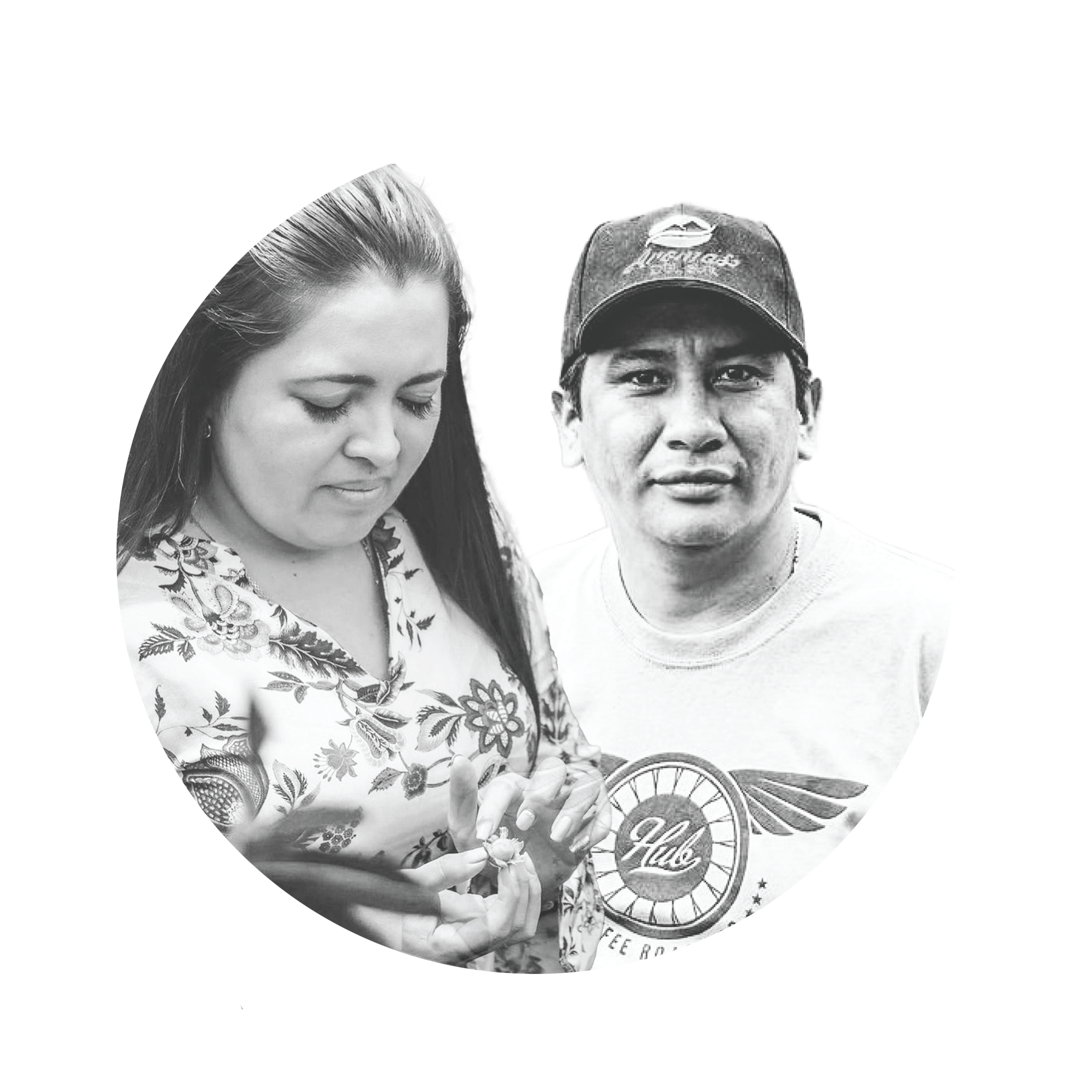Co-Fermentation With Rodrigo Sanchez Valencia
Hey family!
With the Holidays right around the corner, we want to give y’all a bit more information on our latest collaboration. Our latest limited release offering is a curated collection of four experimental, co-fermented lots from our long time producer partner, Rodrigo Sanchez! Read on to find out more about Rodrigo, his work, and the co-fermentation process!
Rodgrio Sanchez Valencia & Co
At Edison, we’ve had the honor of working with Rodrigo and his team since 2018. He was among the first to use scientific method-based processing practices, offering some of the best specialty coffees we’ve ever tasted. Armed with measurable data and a spirit of discovery, Rodrigo approaches his lots with a scientist’s eye for detail. From Degrees Brix (measuring natural sugar contents) to climate effects on exact harvest times, Rodrigo records every applicable variable imaginable. Achieving consistently high scores year after year, his harvests have become the perfect agricultural canvas for experimentation. His work finds an ideal union of excellent quality, exciting process method exploration, and a heart for impacting positive change at origin.
Co-Fermentation
For the past few years, we knew that Rodrigo and his team were testing numerous experimental methods for manipulating fermentation. In 2021, we participated in an exciting sample roasting workshop where we got to roast a few of his first co-fermented experimental lots and discuss how we each changed roasting profiles (given the added sugars and acidity present in the co-fermentation process)! Rodrigo explained what co-fermentation is and what it isn’t.
What is it?
Fermentation is a step in every kind of coffee processing method. It happens naturally or can be manipulated for consistency or a desired taste profile. In this case, the process begins with the creation of the fermentation culture that will be used. First, a mother culture was created containing microorganisms like lactobacillus and saccharomyces cerevisiae. 80 liters of this culture are separated to be fed with fresh fruit and a sweetener like molasses. The fruit contributes flavor to the culture, while the sweetener energizes the fermentation and brings the culture’s sugar content to a level that matches the degrees Brix of the coffee that will be processed. This initial fermentation of mother culture and fruit takes 190 hours to reach the appropriate degrees Brix and pH value for coffee processing.
What it isn’t
It is not a flavoring being added to the coffee post-processing like flavored or age-infused coffees. The fresh fruit mentioned above may have you asking if it is a direct additive, and the answer is that the fruit is used to affect the fermentation process alone. While some natural flavor may be passed onto the coffee, giving it some attributes of that fruit, the goal is to have the Purple Caturra shine through. We celebrate this exploration in fermentation and believe there’s a worthwhile discovery in this kind of process!
Rodrigo hopes it makes specialty coffee more accessible to the public, eliminating the need to be an experienced coffee drinker with a refined palate to taste all of the beautiful flavors possible with a coffee like Monteblanco Purple Caturra.
Our Co-fermented coffees will be available in a premium boxed set to the public on November 24th. We cannot wait for you to try them and to hear what you think!



